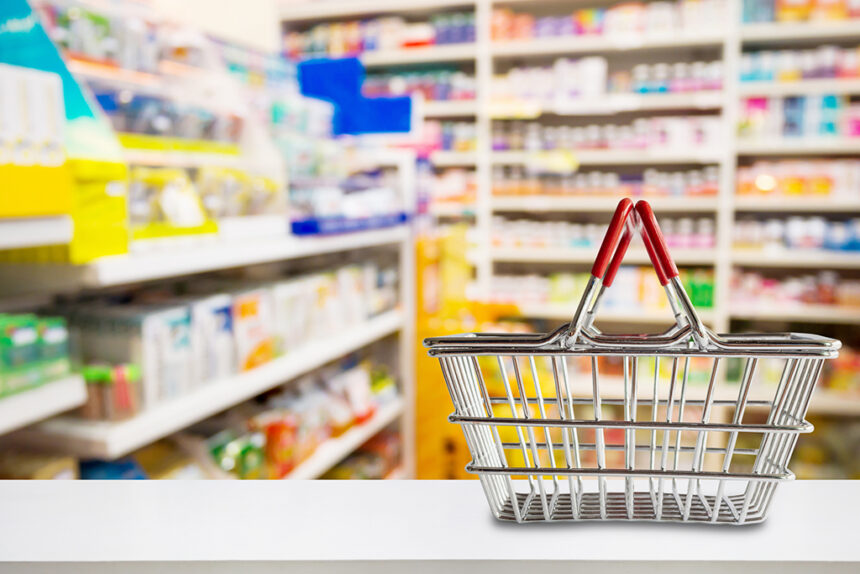Drugmakers sold their products for less than half the list price last year after rebates and discounts paid to healthcare middlemen were factored in.
That’s according to an annual update compiled by the Drug Channels Institute (DCI) based on 10 major pharma companies’ publicly available pricing data.
After factoring in rebates, discounts and other reductions, the drug prices from a basket of big manufacturers including Lilly, Janssen and Novo Nordisk netted out at less than half the previous year’s post-rebate costs, on an unweighted average basis.
In most cases, the list-price discounts are growing ever steeper. That was the case for five of the seven companies that reported their discounts. For instance, the average discount rate for Johnson & Johnson pharma unit Janssen went from -55% in 2021 to -58% in 2022, per a company transparency report cited by DCI.
It begs the question, posed on LinkedIn by DCI CEO Adam Fein, that as net prices decline, who benefits?
Fein points to Janssen, which paid some $39 billion in reductions last year, $11.2 billion of which went to commercial payers and pharmacy benefit managers (PBM). That’s 21% of the $52.6 billion J&J made in pharma revenue in 2022.
Power is concentrated in the top three PBM collectives of CVS Health (Caremark), Cigna (Evernorth/Express Scripts) and (UnitedHealth (OptumRx). Those three processed 80% of all equivalent prescription claims in 2021. The middlemen — and the secretive coverage arrangements they negotiate with drugmakers — have been in the national spotlight of late.
Another company that offered deeper discounts last year was Lilly, whose rate went from -61% to -65%. Then again, while the weighted average brand-name portfolio knocked off between 40% and 75% of its list price, Merck and Sanofi saw a positive change in their average discount rate, DCI said, chalking the variance up to differences between product portfolios.
On average, net prices declined among the 10 companies for the sixth straight year, although five manufacturers, including Genentech and Merck, saw gains in their after-rebate drug costs last year. Growth in list prices has remained moderate, growing at mid-single-digit rates.
The sales figures reported by the 10 pharma firms jibe with industry-wide totals. Net prices after rebates and other reductions for brand-name drugs fell for a fifth straight year on an aggregate basis, DCI showed in an earlier analysis based on data from SSR Health for 1,000 brand-name drugs.
Meanwhile, the dollar gap between sales at brand-name drugs’ list prices and their sales at net prices — the so-called gross-to-net bubble — swelled to $223 billion for patent-protected brand-name drugs in 2022, the institute noted recently.
For the large drugmakers, because their net prices grew more slowly than list prices, it resulted in a negative gross-to-net difference for the aforementioned 10 companies. With rebates ever-increasing, though, that bubble is having a significant impact on patients when exposed to the list price.
From 2014 to 2018, for instance, the average list price for Lilly’s Humalog rose 51.9% to $594 per patient monthly. During that time, the insulin’s net price fell from $147 to an average of $135 per patient a month, marking an 8.1% drop, due to hundreds paid in rebates.
Fein calls these gaps “unsustainable” and foresees several factors conspiring to shrink the dollar value of differences between manufacturers’ gross and net sales.
The Inflation Reduction Act of 2022, he predicted, “will alter health plans’ desire for high-list/high-rebate products and disincentivize list price increases,” among other effects.
Another dynamic already deflating list prices is a provision in the American Rescue Plan of 2021 that will eliminate a cap on rebates that drug companies are required to pay Medicaid. The impact of this law came into greater focus earlier this year when Novo and Lilly announced plans to lower the list prices for some of their insulin products.
With the lower list prices slated to kick in on January 1, 2024 — which is also when the Medicaid rebate cap is set to lift — the insulin makers will be able to avoid making tens of millions of dollars in extra payments to Medicaid every time one of the federal insurer’s programs has to cover one of their products.
Manufacturers are also launching alternate versions of brand-name products with lower list prices, not only in the insulin area but in the PCSK9 area, as well. These trends shaking up the current rebate system are likely to disrupt the current market-access framework, Fein wrote.







